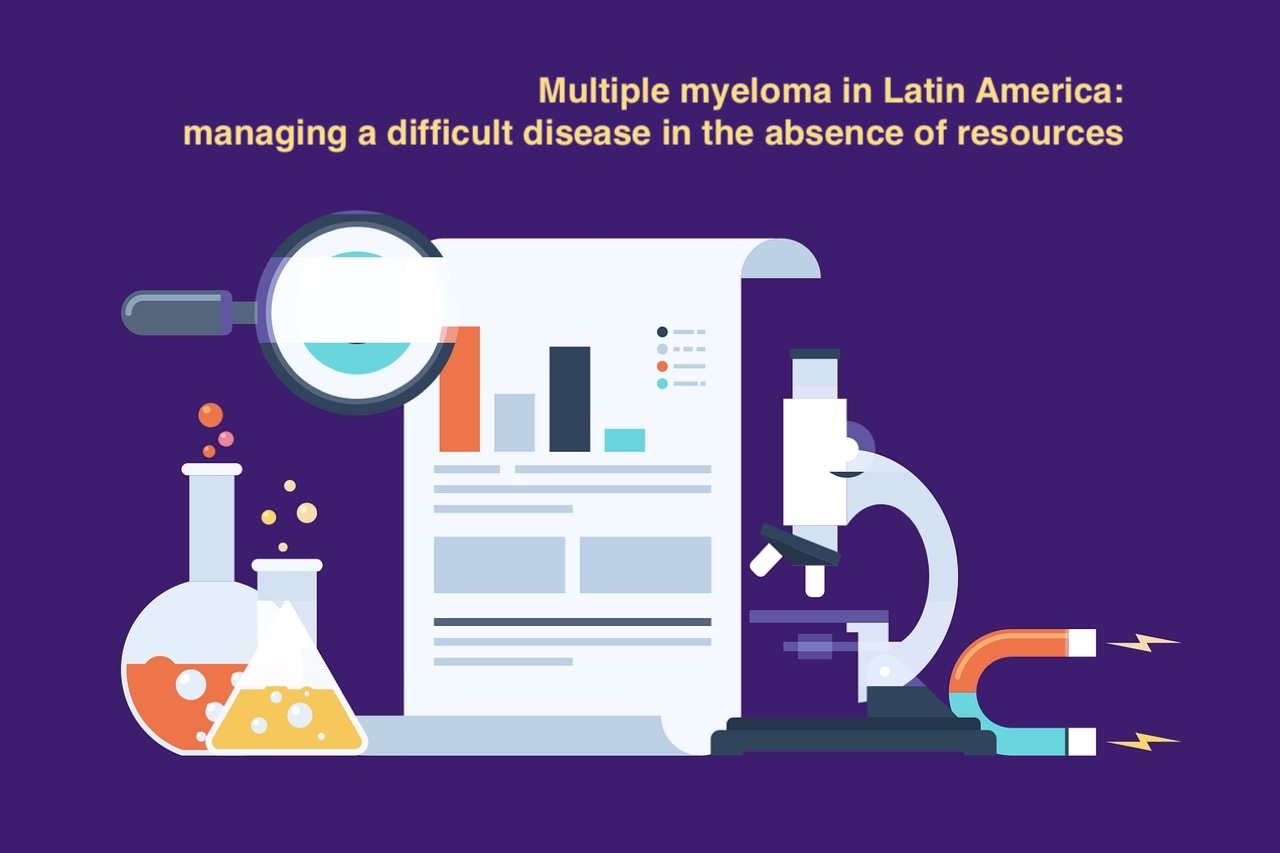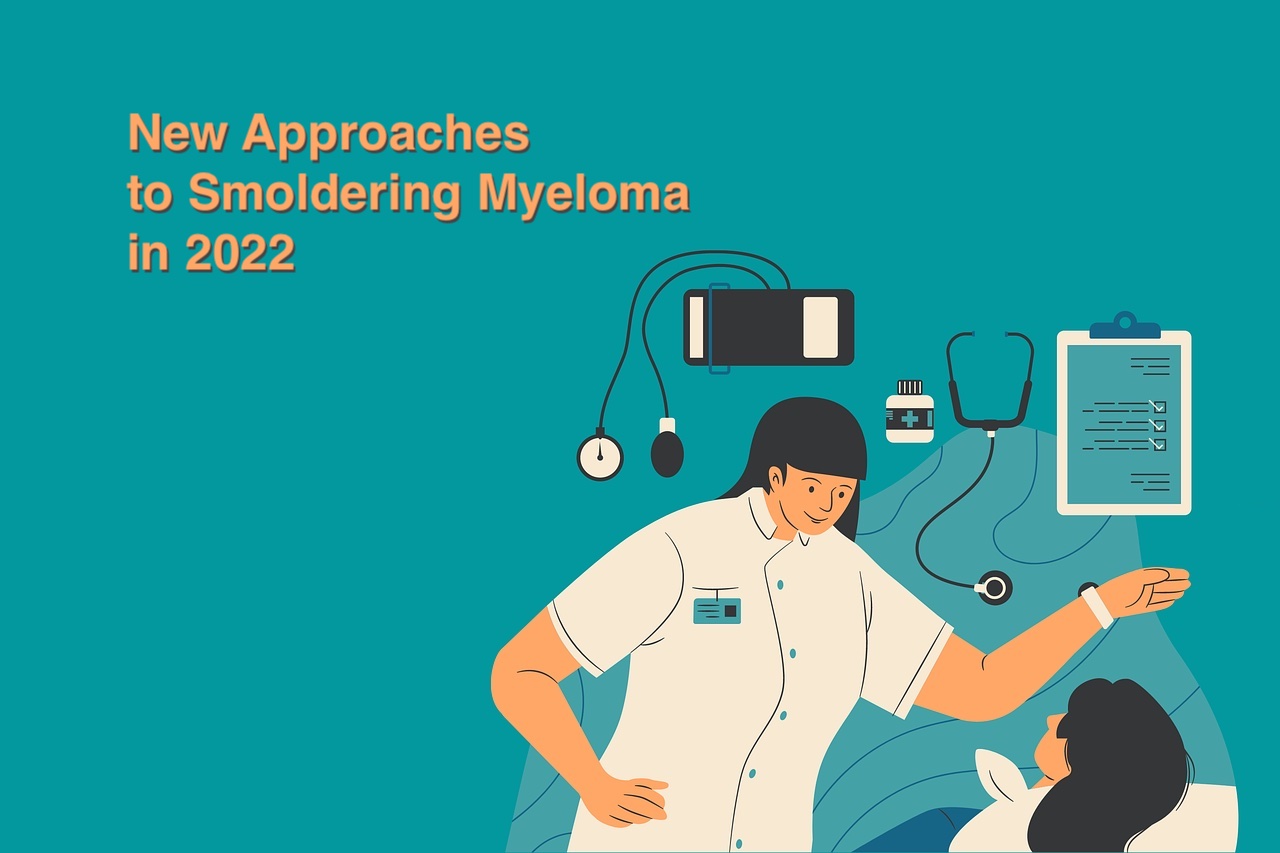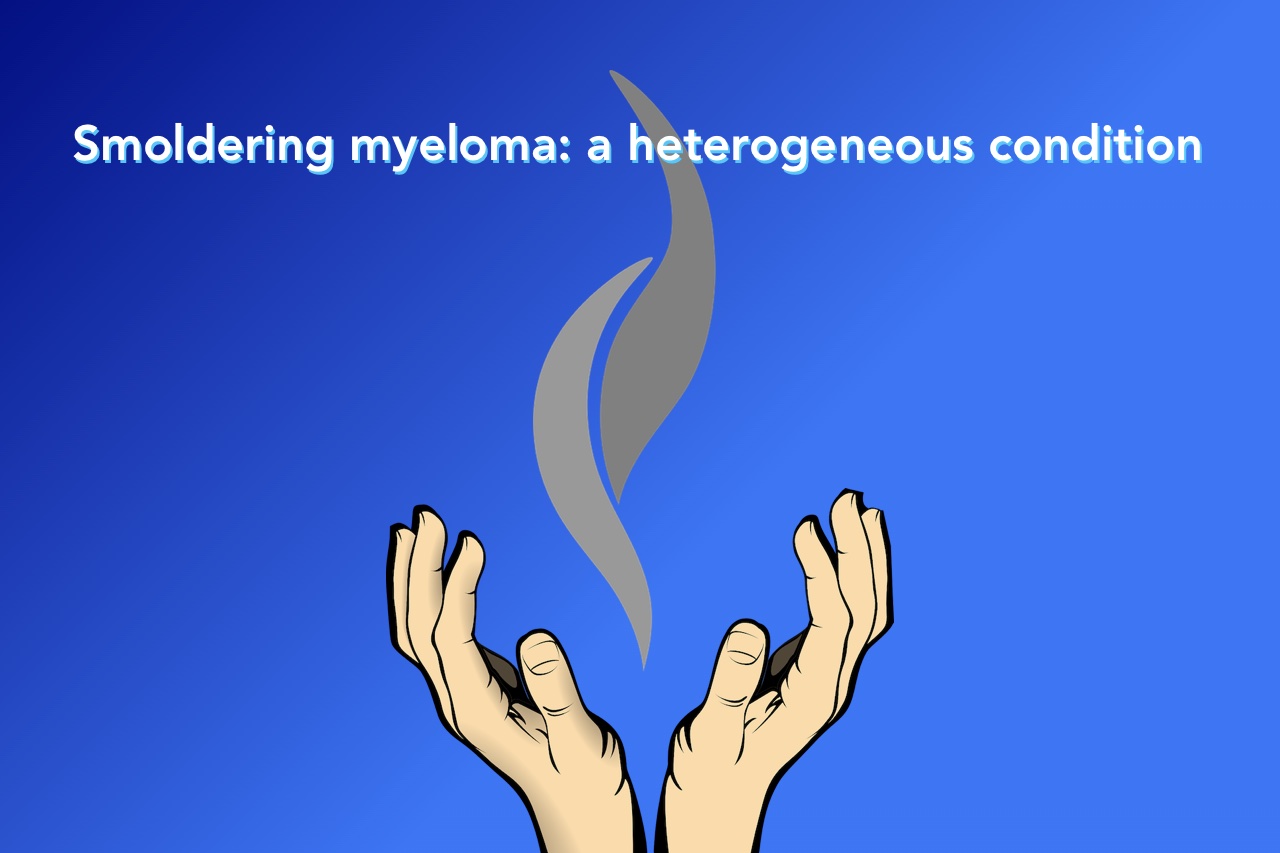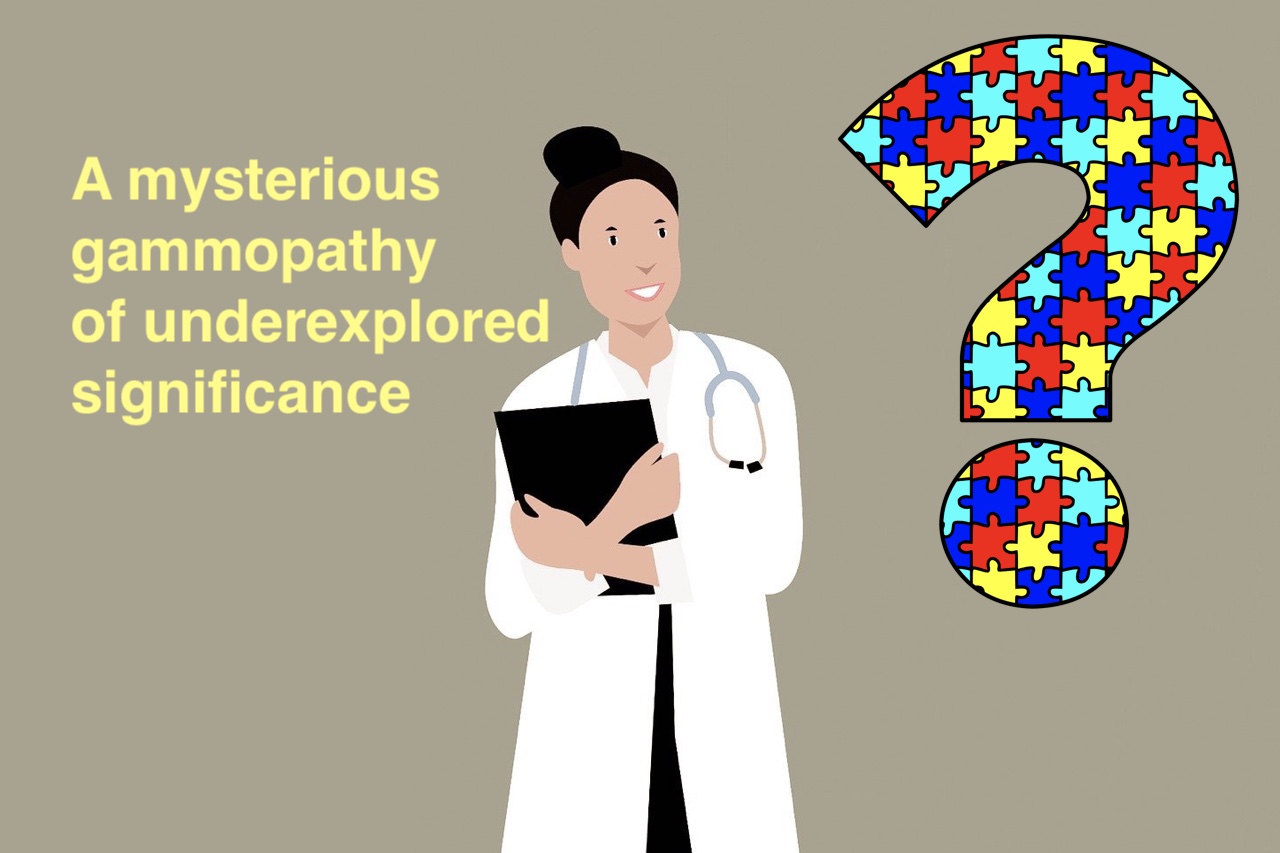Multiple myeloma, despite many advances in recent years, is not an easy disease to manage. Especially in countries like those of Latin America. Today I would like to present to you a scientific article by David Gómez-Almaguer and Vânia Tietsche de Moraes Hungria which describes the unfortunately still backward state of multiple myeloma management in Latin America, in terms of diagnostic procedures and treatment. (1)
Demographic aspects
By Latin America we mean the geographical area including the following countries: Argentina, Brazil, Mexico, Chile, Colombia, Costa Rica, Panama, Ecuador, Peru, Uruguay, and Venezuela. It includes over 600 million inhabitants and many low- and middle-income countries: therefore, unlike Europe and North America, the collection of demographic information is not very accurate and we are often faced with missing data. However, we know that the average age of onset of multiple myeloma is 61 years and that it affects men and women equally. Patients with multiple myeloma in Latin America often also have arterial hypertension and diabetes mellitus, two chronic diseases that are widespread worldwide.
Limited diagnostic tools and late diagnosis
A huge problem in Latin America is access to diagnostic tools that we routinely use. Suffice it to say that only 40% of doctors have access to the evaluation of free light chains in the blood. Not only that… only 80% of hospitals have access to serum protein electrophoresis, an exam that is carried out very easily in Western countries! This leads to a late diagnosis in over 50% of patients.
Outdated staging
The problems increase if we consider more modern methods, such as cytogenetics. In Uruguay it has been noticed that only 23% of patients have access to a cytogenetic evaluation. Under these conditions it is therefore impossible to stage the myeloma on the basis of the r-ISS system, which is widely used today, as information on the patient’s cytogenetics is lacking.
Treatment with limited options
In the area of treatment we find some important problems. Hematopoietic stem cell transplantation is not available in many countries. Furthermore, access to new drugs is difficult due to economic problems of the respective national health systems. The most used standard approach for treatment therefore remains the old chemotherapy, associated with dexamethasone. The situation improves slightly only for patients with higher financial resources, who can receive treatment in better equipped private clinics.
Future developments?
Despite a small recent improvement in the diagnosis and treatment of multiple myeloma in Latin America, problems still remain. Greater attention to these issues by national health systems would therefore be desirable.
Bibliography










